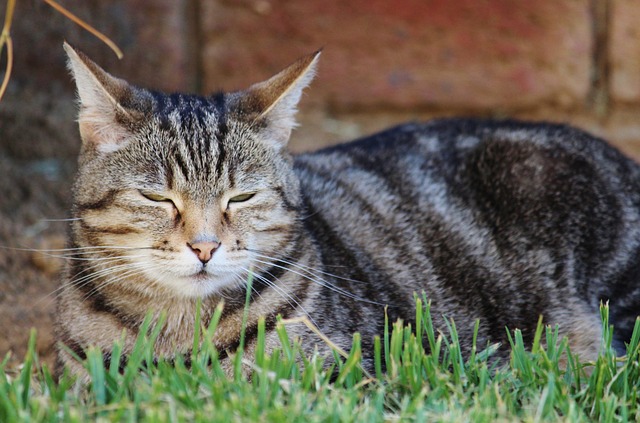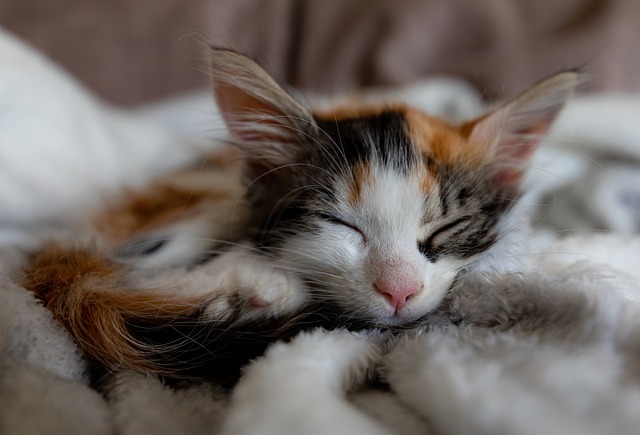
Why Do Cats Purr?
Why Do Cats Purr? Cats have captivated human hearts for centuries with their grace, independence, and mysterious behavior. Among their unique repertoire of communication techniques, one stands out in particular—the soothing and melodic purr. The mesmerizing vibrations emitted by these enigmatic creatures have puzzled scientists and intrigued cat enthusiasts for ages. In this article, we delve into the fascinating world of feline purring, exploring the reasons behind this captivating phenomenon.
The Anatomy of Purring:
Purring is a complex physiological process that involves the rapid contraction and relaxation of the muscles within a cat’s larynx (voice box). As the cat breathes in and out, the airflow causes the vocal cords to vibrate, producing the characteristic purring sound. Unlike other vocalizations, such as meowing or growling, which require the active participation of the vocal cords, purring occurs when a cat’s laryngeal muscles work involuntarily.
Expressing Contentment and Comfort:
The most commonly recognized reason for a cat’s purring is to express contentment and comfort. Cats often purr when they are in a relaxed and peaceful state, enjoying the company of their human companions or fellow feline friends. It is their way of conveying a sense of security, satisfaction, and general well-being.

Healing and Self-Soothing Mechanism:
Beyond simple contentment, purring is also thought to have therapeutic benefits for cats. It has been observed that cats may purr when they are in pain, injured, or stressed. Purring is believed to serve as a self-soothing mechanism in such situations, helping cats alleviate stress, anxiety, and even promote healing. The vibrations generated by purring may have a calming effect on their nervous system, reducing pain and promoting relaxation.
Communication and Bonding:
Cats are known to be adept communicators, and purring plays a significant role in their social interactions. Mother cats use purring to communicate with their kittens, both to establish contact and to reassure them. Similarly, adult cats purr to establish social bonds with their human companions, signaling trust and affection. Purring can act as a form of communication, inviting interaction, and strengthening the emotional connection between cats and their loved ones.
Unanswered Mysteries:
While much is known about the act of purring, several mysteries surrounding this feline phenomenon remain. Researchers continue to explore the exact mechanisms behind purring and the evolutionary purpose it serves. For instance, it is still unclear how cats produce the purring sound without impeding their breathing or why some cats purr more frequently than others.
Conclusion:
Cats’ purring remains an enchanting enigma, blending science and emotion into a harmonious melody. Whether expressing contentment, providing self-comfort, or strengthening social bonds, this unique vocalization adds depth and intrigue to the feline world. While the exact reasons behind purring may not be fully understood, its melodic vibrations continue to captivate cat lovers worldwide, reminding us of the beauty and complexity found within our feline companions.




